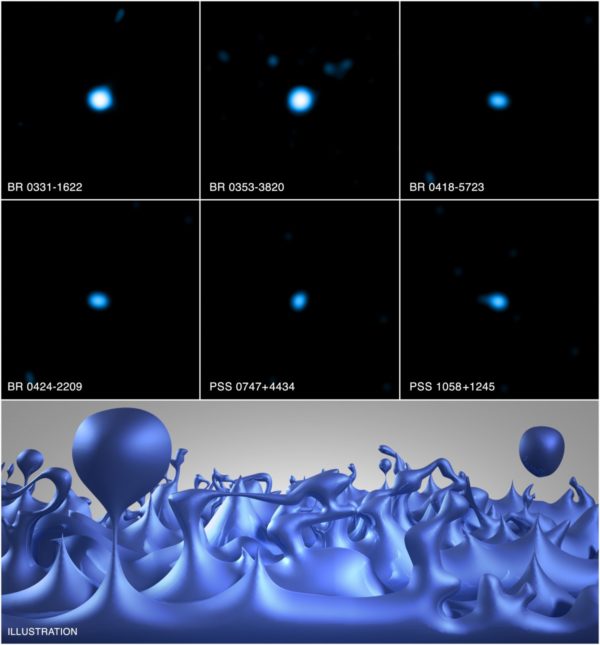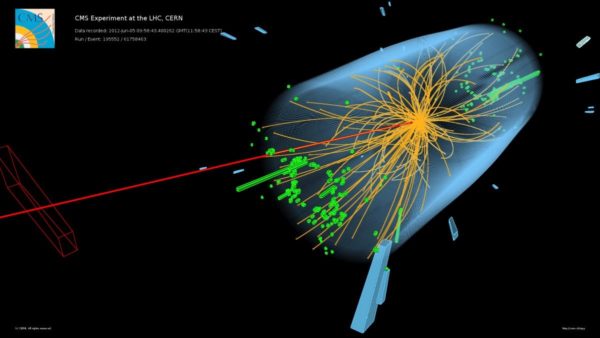"There is a limit on how much information you can keep bottled up." -Dick Gregory
There are fundamental limits to the Universe, in the sense that there are scales where our laws of physics break down. You can't break matter or energy up into infinitely small pieces, and the same goes -- we think -- for space and time. But is that necessarily all true, and is that what the Planck scale means? Not quite.
 Although X-ray observations have set limits on the granularity of space, they have not probed anywhere near down to the Planck scale. Image credit: X-ray: NASA/CXC/FIT/E. Perlman; Illustration (bottom): CXC/M. Weiss.
Although X-ray observations have set limits on the granularity of space, they have not probed anywhere near down to the Planck scale. Image credit: X-ray: NASA/CXC/FIT/E. Perlman; Illustration (bottom): CXC/M. Weiss.
Rather, these are scales at which our laws of physics stop giving reliable predictions, as we make these mass, energy, length and time scales out of three constants fundamental to our physical theories: the gravitational constant, the speed of light and Planck's constant. They do have strong physical implications, but they don't necessarily mean these scales can't be divisible further. After all, every particle in existence has a mass far below the Planck mass!


There are also primordial black holes, which were supposed to be formed by the collapse of slightly overdense regions of spacetime a fraction of a second into the Big Bang. Some of these might compress the mass of a large mountain into a region smaller than a proton. The smallest ones might have completely evaporated long ago due to Hawking radiation, but some of the slightly larger ones might still be around, and they might even actually be easier to see than bigger black holes since their emission of Hawking radiation must be very great. What kind of limits does present cosmological theory set on these kinds of tiny black holes? Could a few be present in the nearby universe, perhaps visible as an unknown source of gamma radiation? Observing such a thing might be very interesting from a quantum gravity standpoint.
There have always been, are now, and in all likelihood always will be limits to what humans can know.
From the Forbes article: Why would adding one half of a virtual pair reduce the mass?
@Chryses #3: Math :-) Energy is conserved locally, so the virtual pair, produced from zero net energy, may be represented by one particle with positive energy, and one with negative energy. By definition the virtual pair is unobservable, so this mathematical trick is not forbidden.
The positive energy virtual particle escapes and becomes visible (real), while its partner, entering the black hole, remains unobservable, and hence can keep it's non-physical "negative energy" (see above). Adding a negative value to the black hole's mass reduces the latter.
This is just a convoluted way of otherwise saying the positive-energy particle carried off some of the black hole's mass. The reason for the convolution is to provide a physically meaningful mechanism for that to happen.
Determining the Planck length is a pirate's favorite physics problem.